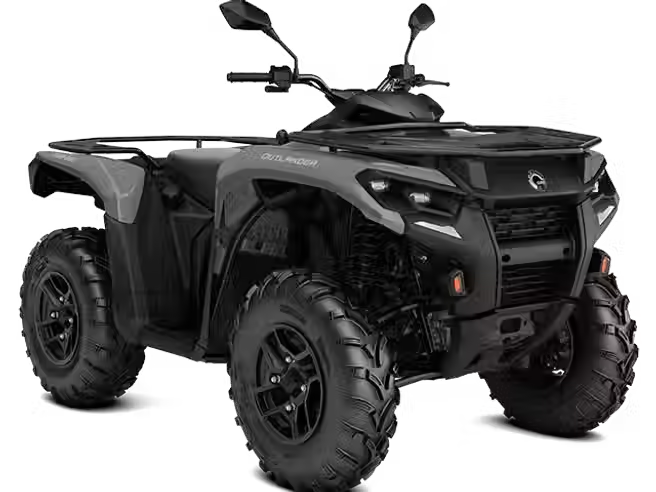Power Harrow: About
- Beckside Machinery

- Dec 9, 2020
- 2 min read
Updated: Feb 23, 2021
In agriculture, a harrow (often called a group of harrows during a plurale tantum sense) is an implement for ending and smoothing out the surface of the soil. during this way it's distinct in its effect from the plough, which is employed for deeper tillage. Harrowing is usually administered on fields to follow the rough finish left by plowing operations. the aim of this harrowing is usually to interrupt up clods (lumps of soil) and to supply a finer finish, an honest tilth or soil structure that's suitable for seedbed use. Coarser harrowing can also be wont to remove weeds and to hide seed after sowing. Harrows differ from cultivators therein they disturb the entire surface of the soil, like to organize a seedbed, rather than disturbing only narrow trails that skirt crop rows (to kill weeds).
Tractor power harrow type
There are four general sorts of harrows: disc harrows, tine harrows (including spring-tooth harrows, drag harrows, and spike harrows), chain harrows, and chain-disk harrows. Harrows were originally drawn by draft animals, like horses, mules, or oxen, or in some times and places by manual labourers. In modern practice they're nearly always compact tractor attachments, either trailed after the compact tractor by a drawbar or mounted on the three-point hitch.
A modern development of the normal harrow is that the rotary power harrow, often just called an influence harrow.
What does Power harrow for sale do?
A rotary power harrow, or just power harrow, has multiple sets of vertical tines. Each set of tines is rotated on a vertical axis and tills the soil horizontally. The result's that, unlike a rotary tiller, soil layers aren't turned over or inverted, which is beneficial in preventing dormant weed seeds from being delivered to the surface, and there's no horizontal slicing of the subsurface soil which will cause hardpan formation.




Comments